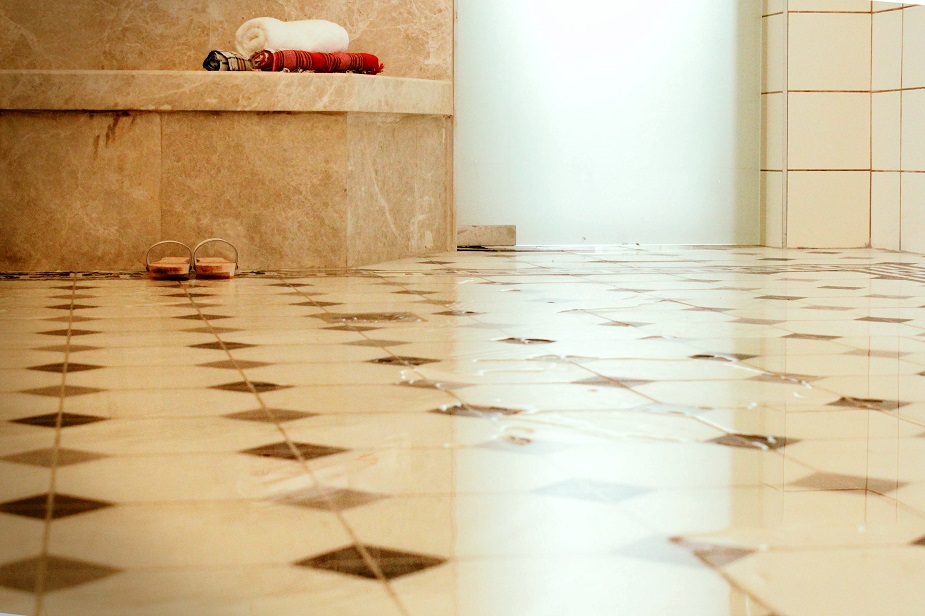
...
The Traditional Hammam History, and Benefits
Introduction
Traditional hammams are more than just places to cleanse the body; they’re sanctuaries where people purify their souls and connect with their true selves. While public bathhouses have roots in Turkish and Roman cultures, this hammam stands out as a unique experience. Inspired by the original Turkish bathhouses built over 2000 years ago to promote public hygiene, Turkish hammams evolved with distinct features. These bathhouses are often located near mosques, facilitating purification before prayer rituals. They quickly became a weekly ritual for locals, especially since private bathing rooms were uncommon back in the day. Water, symbolizing purity and cleanliness in Islam, further elevated the hammam’s importance.
The Rituals of Hammam
The hammam experience is deeply ritualistic, designed for thorough cleansing and relaxation. Here are the steps:
- Undress and Enter: Bathers disrobe and enter the warm, steam-filled room.
- Exfoliation (Gommage): Using a coarse mitt (kessa), bathers scrub their skin to remove dead cells and impurities.
- Soap Application: Black soap (savon noir), made from olive oil and eucalyptus, is applied to the skin. It softens and detoxifies.
- Steam and Rest: Bathers relax in the steam, allowing pores to open and toxins to release.
- Rinse and Cool Down: Cold water rinses follow the steam session.
- Argan Oil Massage: After cooling down, bathers receive a soothing massage using argan oil.
- Relaxation and Socializing: Hammams are social spaces. People chat, share stories, and unwind.
The Significance of Hammam
Beyond physical cleansing, hammams hold cultural and social importance. They’re places to connect, discuss life, and sometimes even make new friends. Men and women typically have separate sections, ensuring a safe space where bathers wear only underwear. Smaller hammams schedule different hours for men and women if separate facilities aren’t available. The hammam ritual embodies both physical and spiritual purification, echoing the Islamic emphasis on cleanliness.
Conclusion
The hammam tradition continues to thrive, bridging ancient practices with modern life. Whether you’re a local or a curious traveler, stepping into a Turkish hammam offers not only physical rejuvenation but also a glimpse into the soul of Turkish culture. So, next time you find yourself near a hammam, consider indulging in this centuries-old ritual—a blend of history, warmth, and community.
